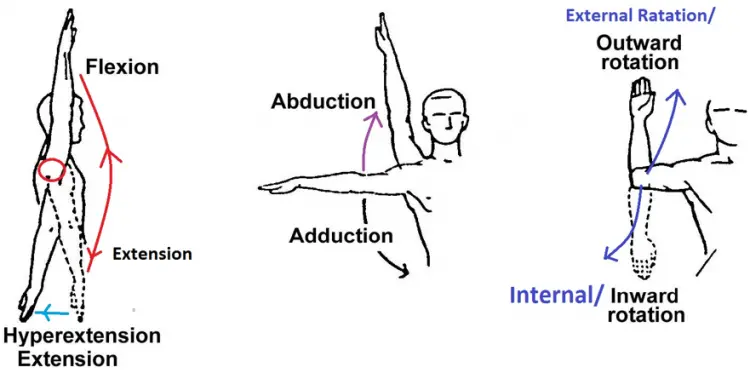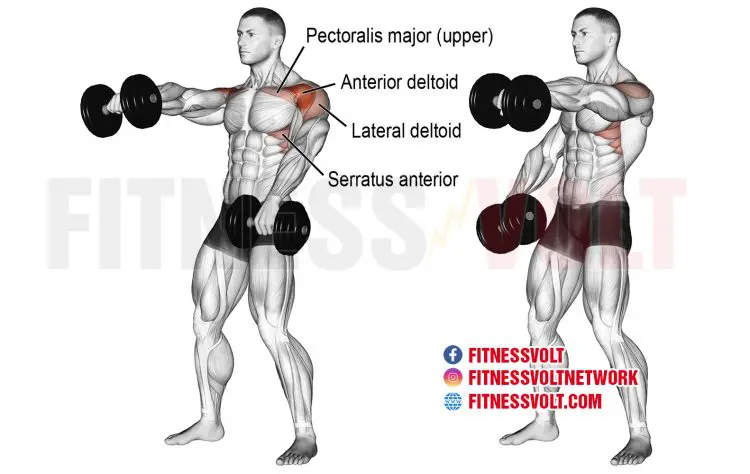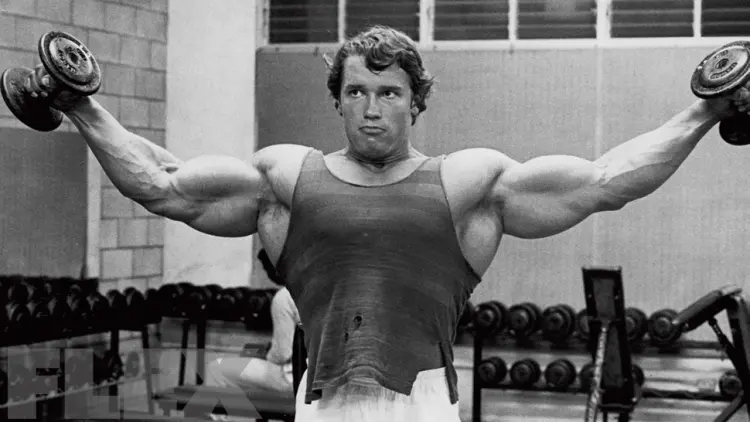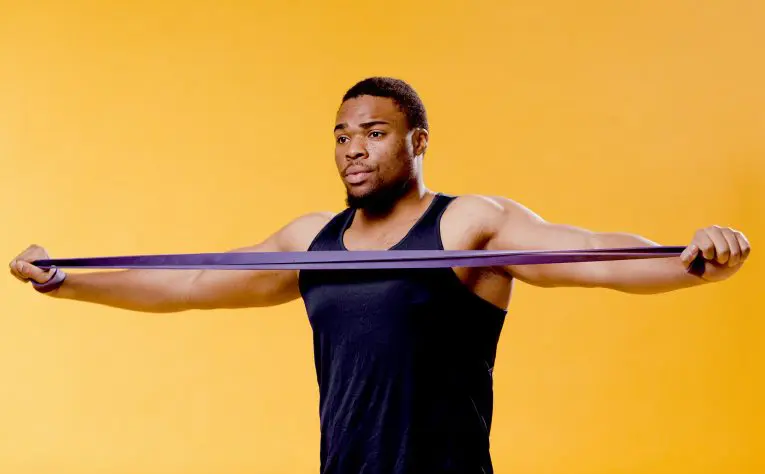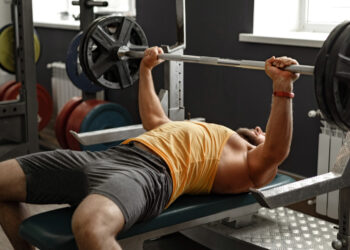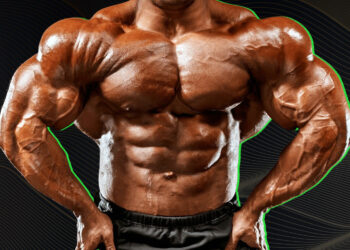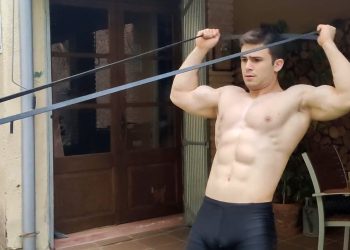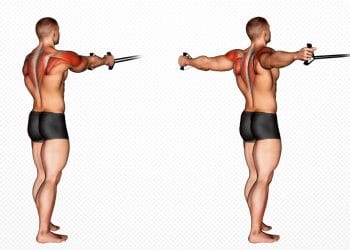Big, powerful shoulders can add a lot to your physique. They make your upper body look wider, powerful, and more impressive. But the shoulders are also a complex muscle group, and it’s all too easy to over-emphasize one part while under-emphasizing another.
Unbalanced shoulder development is not just bad for your appearance; it can also have a negative effect on joint function and athletic performance. That’s why, when it comes to shoulder training, a head-by-head approach is often best.
In this article, we’re going to take a look at some basic shoulder anatomy and then reveal some of the best exercises for each part of your deltoid.
Deltoid Anatomy 101
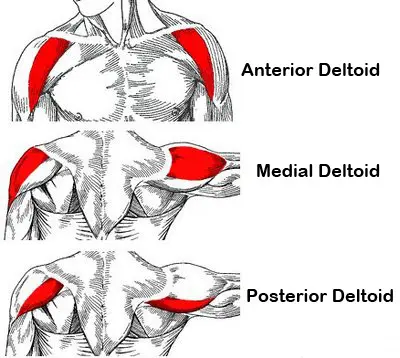
When it comes to upper body training, most bodybuilders have a “shoulder” day, a workout that typically involves a pressing exercise or two, and some randomly selected forward and lateral raises too. While workouts like this can work, a more precise approach will produce better results.
That’s because, like the triceps, the deltoids are made up of three heads. These heads can work together, but it’s also possible to emphasize each one with specific movements and exercises. That’s because each deltoid head has a unique function.
Level Up Your Fitness: Join our 💪 strong community in Fitness Volt Newsletter. Get daily inspiration, expert-backed workouts, nutrition tips, the latest in strength sports, and the support you need to reach your goals. Subscribe for free!
The anterior deltoids are located on the front of your shoulders. Its function is flexion, horizontal flexion, and internal rotation of the shoulder joint.
Of all the deltoids, this is the head that’s most likely to be overdeveloped. Why? Because it’s involved in every chest exercise you do. Acting as a synergist or helper muscle, the anterior deltoid works with your pecs whenever you do bench presses, push-ups, flyes, dips, or crossovers. It’s a hard-worked muscle! Subsequently, a lot of lifters already have well-developed anterior deltoids.
The medial deltoids are located on the side of your shoulders. This is the deltoid head that gives your shoulders their width. When people talk about having massive shoulders, invariably, it’s the medial deltoid that’s important.
Big medial deltoids help create that V-taper that looks so good and makes your waist look narrower. Even a big, blocky waist looks smaller when you’ve got huge medial delts!
The function of the medial deltoid is abduction of the shoulder joint. That means it lifts your upper arm up and out to your side.
The posterior deltoids are located on the back of your shoulders. They have the opposite functions of the anterior deltoid: extension, horizontal extension, and external rotation of the shoulder joint.
Of the three deltoids, the posterior deltoid is the most likely to be under-developed. The anterior deltoid is worked indirectly whenever you train your chest, but the posterior deltoid is not so lucky. It is involved in most back exercises but to a much lesser degree. It also suffers from being out of sight and out of mind. A lot of exercisers don’t train this muscle because they can’t see it in the mirror.
Unfortunately, not training the posterior deltoid can affect the appearance and function of your shoulders. It’s an important postural and stability muscle, and if it’s development lags too far behind the anterior deltoid, the shoulder joint can become unbalanced.
So, if you want big, strong, healthy shoulders, you need to choose your deltoid exercises according to your current level of deltoid development.
If your anterior deltoids are already big (and that’s quite likely if you train your chest regularly), you should do more work for your medial and posterior deltoids. Similarly, if you want broader shoulders, you need to work your medial deltoid more. Got a slouch? It’s time to do more posterior deltoid training.
Let’s take a look at the best exercises for each deltoid head.
1. Anterior Deltoid Training
There is a very good chance that you don’t need to do a whole lot of anterior deltoid training. Remember, every time you hit your chest, this delt head gets a good workout too. That doesn’t mean you don’t need to train it, just that you probably only need 1-2 good exercises for this head per workout, leaving you more time and energy to spend working the medial and posterior deltoids.
Three of the best anterior deltoid exercises are:
1.1- Overhead Presses
There are lots of overhead pressing exercises, and they’re all similarly effective. Good options include dumbbell presses, Arnold presses, and barbell presses. They can all be performed seated or standing as preferred. Machine shoulder presses are also a useful anterior deltoid exercise.
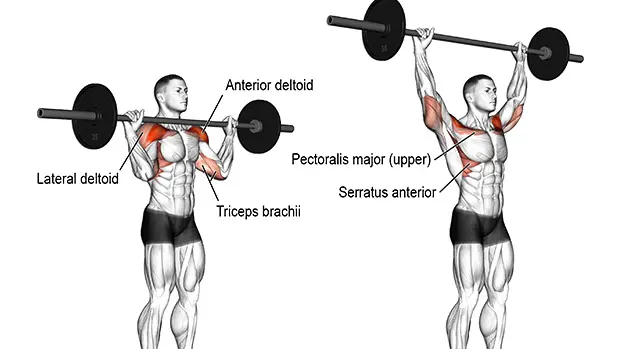
Because overhead presses are a compound exercise, all three deltoid heads and the triceps get a good workout. Still, the anterior deltoid is the agonist or prime mover as it’s doing more of the work.
Overhead presses are great for building size and strength and can be done with light, moderate, or heavy weights. For most exercisers, behind the neck presses are NOT recommended because they put too much stress on the shoulder joint.
1.2- Front Raises
If you want to isolate your anterior deltoids, front raises are the way to do it. Front raises involve shoulder flexion, which is one of the functions of this deltoid head. You can do front raises with dumbbells, a barbell, a weight plate, or cables.
The key to these exercises is using a weight that’s heavy enough to challenge your muscles but not so heavy you have to use your legs and back to swing it up. After all, that would take tension off the target muscles.
For this reason, front raises are best done using light to moderate weights and moderate to high reps. Think of these exercises as muscle and not strength builders. For shoulder strength, stick to overhead presses.
1.3- Overhead Carries
This might seem like an odd way to work your anterior deltoids, but it’s actually very effective. Lifting and carrying a heavy weight overhead will develop shoulder strength, size, and stability.
Plus, with no significant shoulder movement, overhead carries won’t cause unwanted wear and tear on your shoulder joint. You can do overhead carries with a barbell or dumbbells. Use just one weight to provide your core with a workout too.
Level Up Your Fitness: Join our 💪 strong community in Fitness Volt Newsletter. Get daily inspiration, expert-backed workouts, nutrition tips, the latest in strength sports, and the support you need to reach your goals. Subscribe for free!
Overhead carries are also a beneficial upper traps exercise. Upper traps are another muscle that, with your deltoids, give your upper body the thickness that makes it look rugged, capable, and powerful.
2. Medial Deltoid Training
If you want broader shoulders, you need to focus on your medial deltoids. With their function of abduction, the best (and most common) way to train these muscles is with lateral raise-type exercises, and there are a few different options to choose from.
2.1- Dumbbell Lateral Raises
This is most people’s go-to medial deltoid exercise. It’s a bit of an old-school classic! Done correctly, dumbbell lateral raises provide your medial deltoid with a very targeted workout. You can do lateral raises standing or seated and using one arm or both at the same time.
Like front raises, this exercise is best done using light to moderate weights and moderate to high reps. Chase that pump!
2.2- Cable Lateral Raises
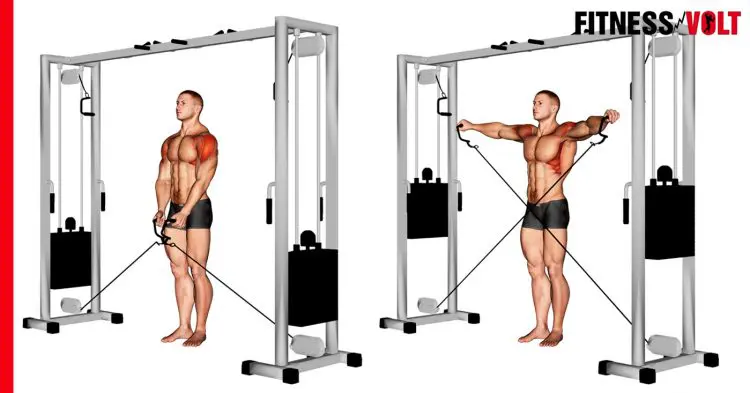
f dumbbell lateral raises have a disadvantage, it is that, when your arms are down by your sides, there is very little tension on your muscles. With cable laterals, there is tension on your delts from the start of each rep until the end (when done correctly), making them potentially a better exercise.
You can do cable lateral raises with one arm at a time or, if you stand in the middle of a cable crossover machine, working both arms together.
Read also: Cable Lateral Raise Exercise Guide
2.3- Upright Rows
Upright rows are a compound exercise that looks nothing like either of the previously mentioned lateral raise exercises. But, if you ignore what’s happening at your elbow joint, you’ll see that the shoulder joints are abducting, which is a function of the medial deltoid.
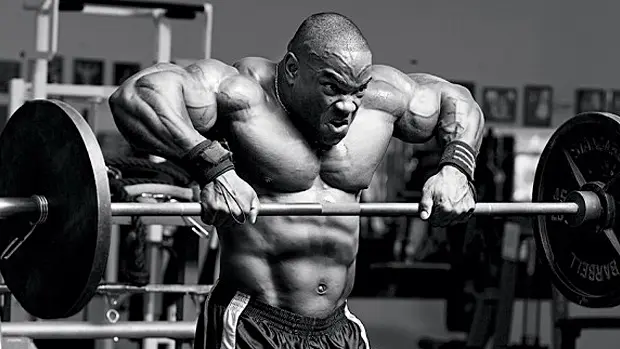
As well as being a good medial delt exercise, upright rows also work your upper traps. On the downside, some exercisers find this move causes shoulder pain, so don’t feel you have to do it, as there are plenty of upright row alternatives you can use.
3. Posterior Deltoid Training
If there is one deltoid head that most exercisers need to spend more time training, it’s the posterior deltoid. It might be the smallest of the three, and be tucked away out of sight, but it shouldn’t be ignored. Weak rear deltoids can affect your posture and shoulder stability and can even cause joint pain.
3.1 Band Pull-Apart
The beauty of band pull-aparts is that you can do them almost anywhere and anytime. Just keep a band nearby and pump out a few reps between sets of bench press, every hour or so sat at your desk, or during ad breaks when you’re watching TV.
To do this exercise, hold a resistance band out in front of you at shoulder height, arms straight but not locked. Open your arms and stretch the band out across your chest, pulling your shoulders down and back as you do so. Return to the starting position and repeat.
3.2- Face Pulls
The Face Pull exercise works your posterior deltoids alongside your middle traps, rhomboids, and biceps. It’s a sort of rowing exercise but, instead of pulling the handle into your abdomen or chest, you pull it into your face, hence the name.
Read also: Face Pull Guide: Muscle Worked, Benefits, How-To and Variations
3.3- Reverse Flyes
Reverse flyes allow you to isolate your posterior deltoids. You can do this movement using cables, dumbbells, or a reverse flye machine. All of these options can work, so experiment to see which one you prefer.
Like any isolation exercise, these reverse flyes are best done using light to moderate weights and moderate to high reps.
Deltoid training: The 3-2-1 method
You should now have a pretty good idea of which exercises work each deltoid head. But, how can you use this information to devise the right shoulder workout for your needs?
Try the 3-2-1 method.
Take an honest look at your shoulders and then rank your deltoid heads in order from weakest (or smallest) to strongest. Don’t just consider how much weight you can lift but their development/appearance too.
For example, you may decide that your posterior deltoids are the weakest, your anterior deltoids are strongest, and your medial deltoids are somewhere in-between.
Use this order to determine how many sets (or even exercises) you are going to do for each head. For example, you might choose to do:
- Face pulls – 3 sets of 12 reps
- Cable lateral raises – 2 sets of 12 reps
- Seated dumbbell presses – 1 set of 12 reps
Or, if your shoulders are more of a priority, you might do:
- Band pull-aparts
- Face pulls
- Reverse flyes
- Cable lateral raises
- Upright rows
- Seated dumbbell shoulder presses
The aim of this method is to increase the training volume for your weaker deltoid heads and decrease it for the stronger heads. By doing so, you’ll be able to bring the lagging head(s) up quicker while maintaining the stronger ones.
Wrapping Up
While just showing up at the gym and “doing shoulders” can work, you will probably get better results from your workouts if you take a more anatomical approach to your deltoid training.
After all, you probably do seated AND standing calf raises to work the different parts of your lower leg and upper AND lower pec exercises for your chest. This concept really isn’t any different.
Treating each deltoid as an individual muscle allows you to address your weaknesses while preserving your strengths. This doesn’t mean you have to give up your favorite shoulder exercises, just that you may need to do more of the exercises that specifically target your least developed deltoid head.

